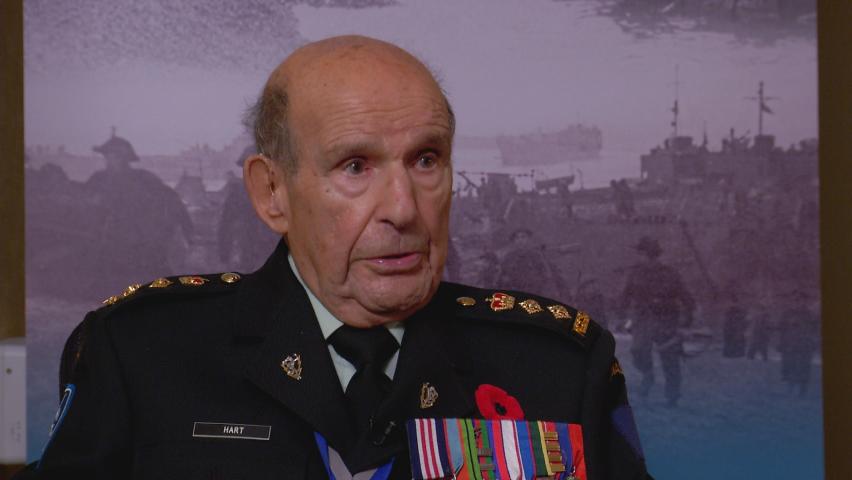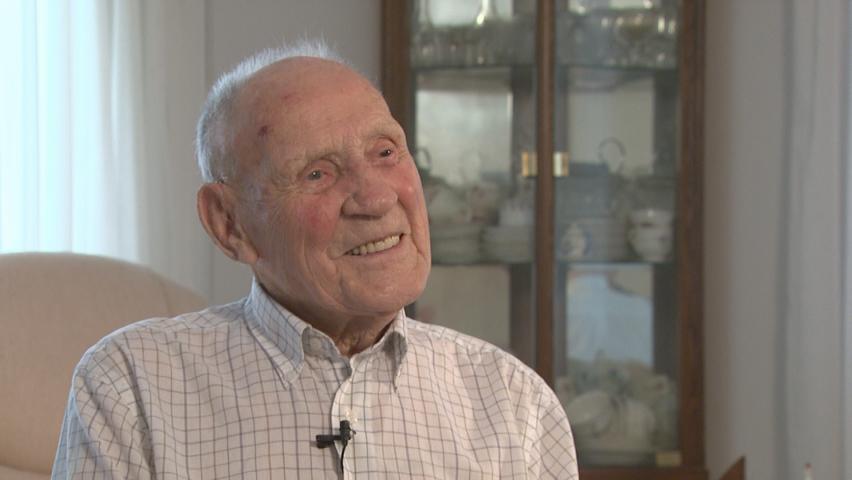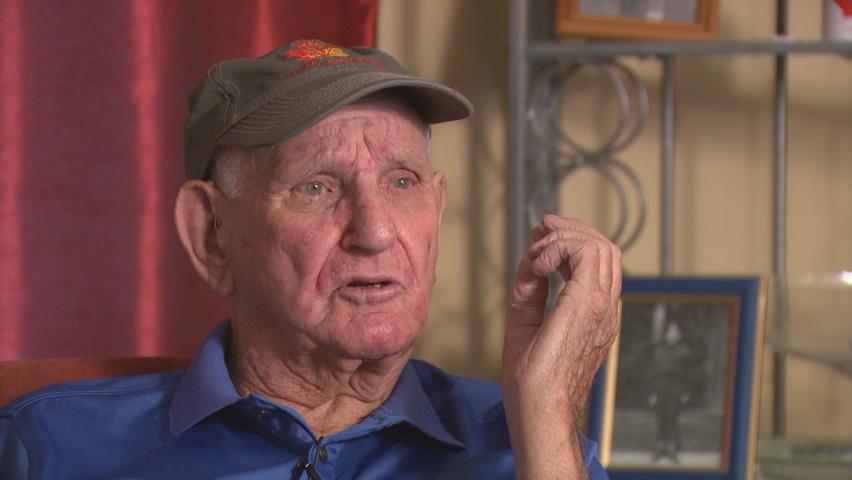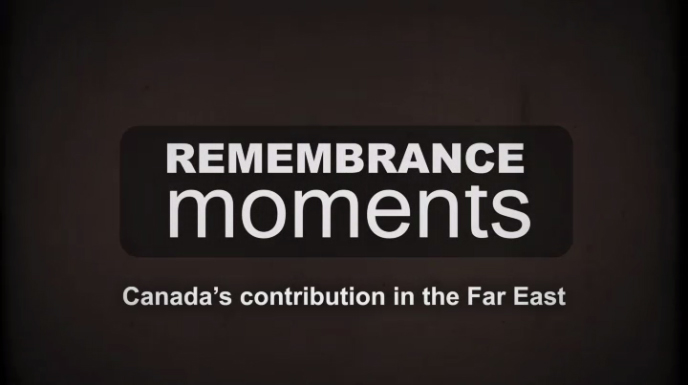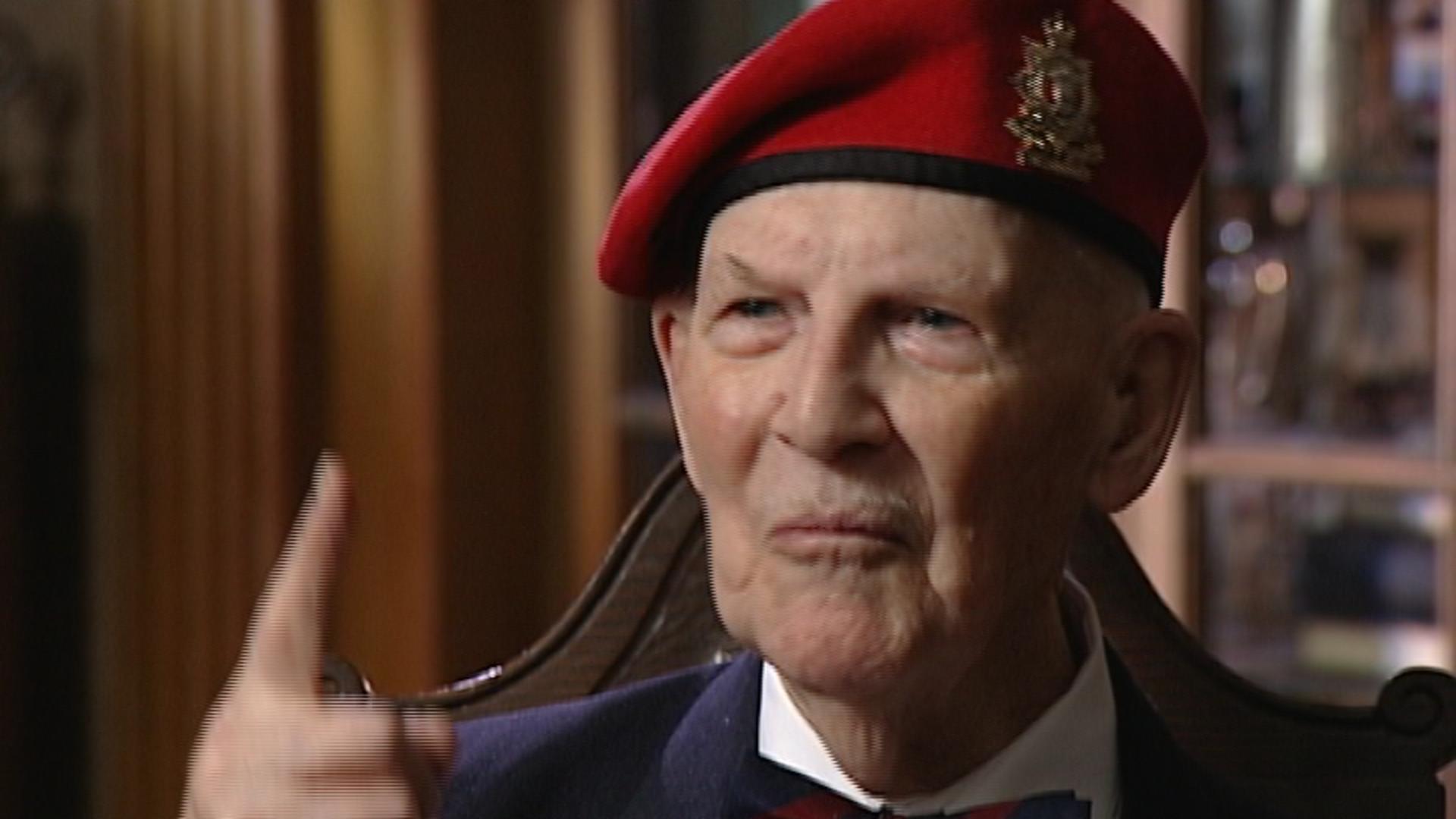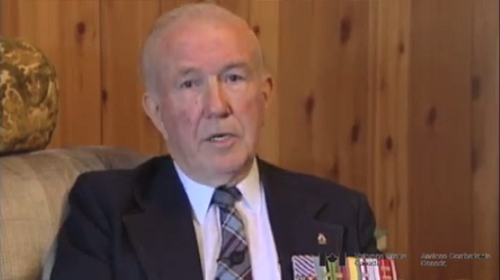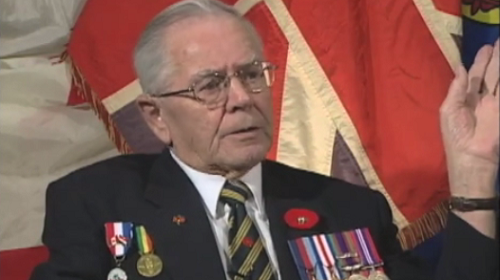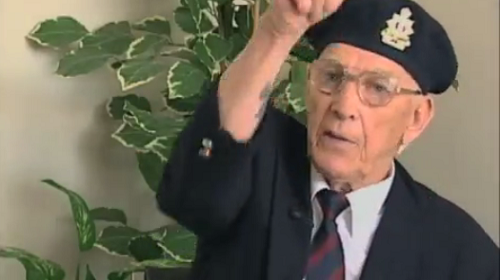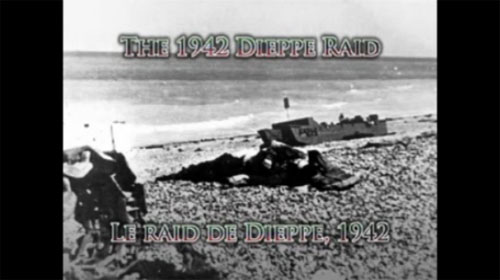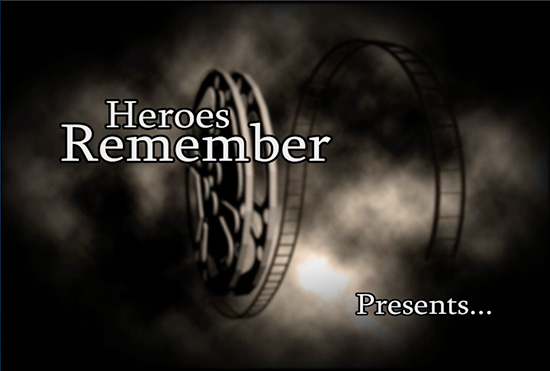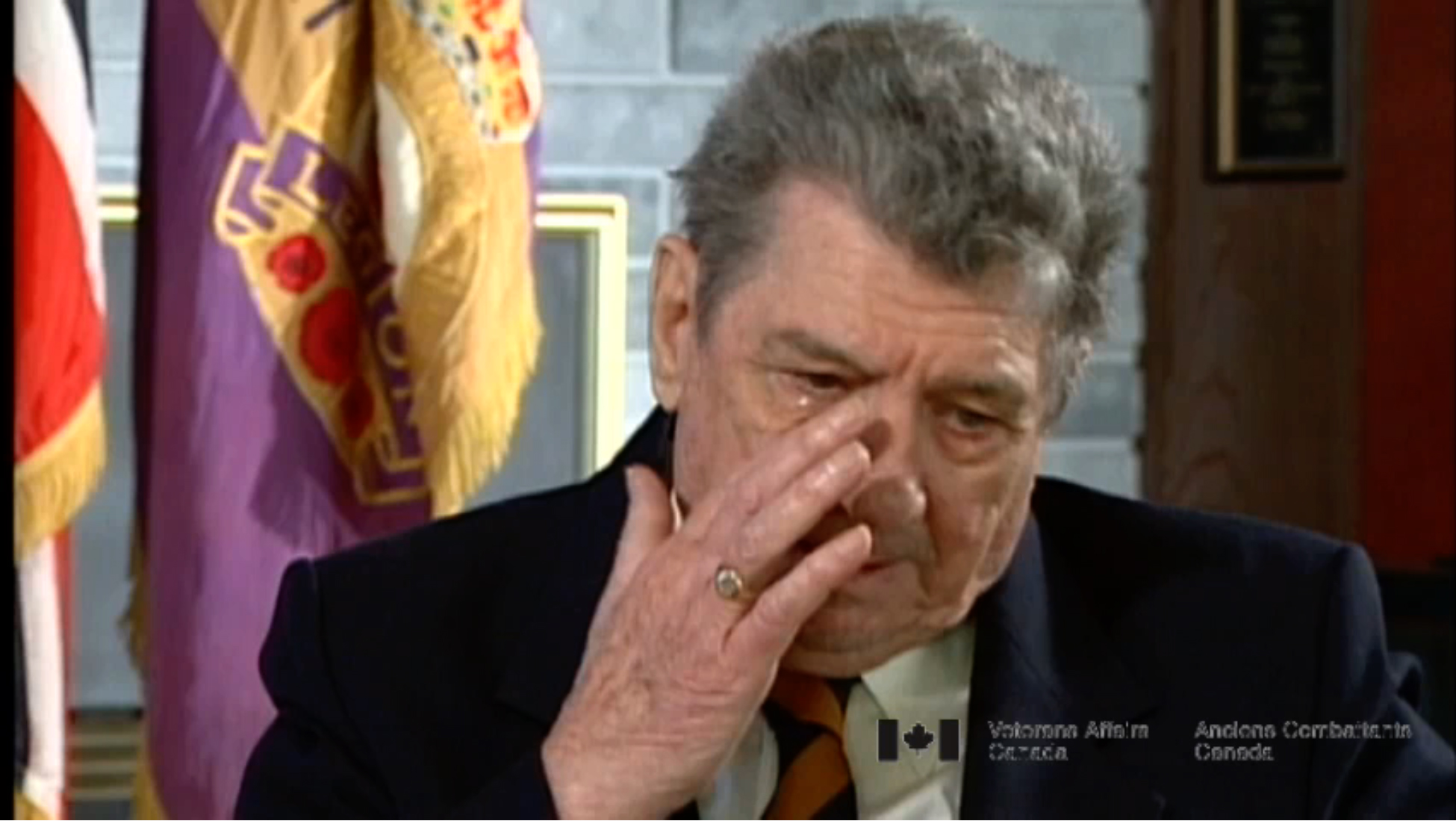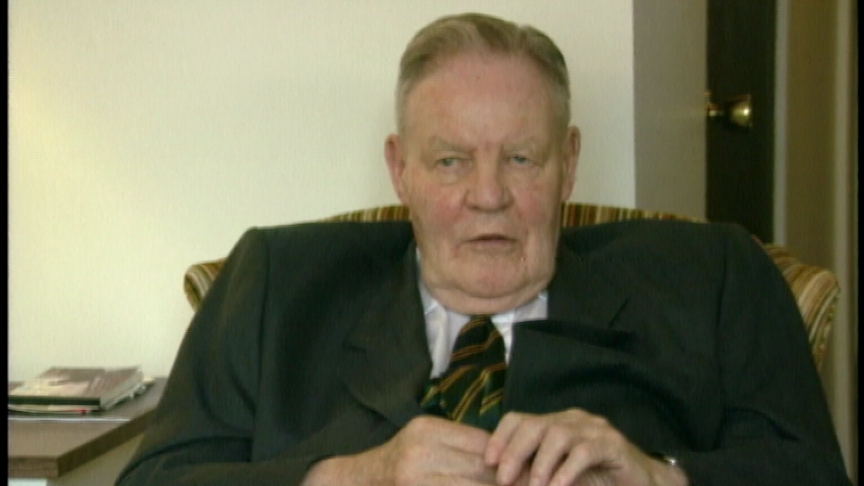Seventy four Holes in the Plane After 1st Flight
Heroes Remember
Seventy four Holes in the Plane After 1st Flight
Transcript
We arrived on the squadron on December 5th, 1944, and we did our
first operation on December 8th. I went with an experienced crew
as navigator, but their navigator was there in case I messed up,
and Herb, our pilot, went with another crew and he was co-pilot.
I think we were, well, I’m pretty sure we were the first crew
from Boundary Bay to do an operational trip. And I did print a
letter out at one point saying that, I was telling them this,
that I think we were the first crew and I had ten dollars if
anybody could prove that they had flown earlier. And I still have
the ten dollars, so we must have been the first crew of
Boundary Bay to do an operation.
And on that operation, Herb’s plane got shot up pretty badly.
I didn’t put this in my article but I saw that the plane, it had
to land in Chittagong, which was two hours short of Digri, where
we were based, near Calcutta, because they were pretty badly shot
up. There were actually seventy four holes in the aircraft.
This is our first trip! That was kind of scary. We got hit with
one machine gun bullet and it came up through the nose wheel door
between the pilot and the navigator positions, and it cut our
throttle cables to number three and four engines and we couldn’t
get the height. We were on the other side of the mountains,
on the Tirah Isthmus. And so we gradually were able to,
the pilots were gradually able to get the height, and we
jettisoned everything that we could throw out. We threw out all
the machine guns, all the ammunition, everything that could be
thrown out. The pilots (this was all new to me), the pilots were
the crew, the experienced crew, were pretty thorough about
this. There was nothing left. The aircraft was virtually stripped
Anything that could be thrown out was thrown out.
Anyway, we got to 1,500 feet and we did get back to base. We were
about an hour later than all the other crews. So that was our
first trip. I thought, "Boy! This is some indoctrination!
Are they all going to be like this?" Well, they weren’t.
A lot of them were a lot simpler and we didn’t run into that much
trouble. When we got back to base and Herb didn’t show up,
and we didn’t have very good communication, so we went to bed,
our crew or I did, and wondered whether Herb had somehow
been shot down. Hadn’t seen it or hadn’t heard it.
Description
Mr. Duncan describes his first
Murray Duncan
Murray Duncan was born in Toronto in 1924. His father served in the 208th Regiment in the First World War. Mr. Duncan enlisted in 1943 and became a navigator. He flew 300 hours in 23 sorties with the 356th and 159th Squadrons. After the war, Mr. Duncan owned and operated a small business.
Meta Data
- Medium:
- Video
- Owner:
- Veterans Affairs Canada
- Duration:
- 2:41
- Person Interviewed:
- Murray Duncan
- War, Conflict or Mission:
- Second World War
- Location/Theatre:
- Southeast Asia
- Battle/Campaign:
- Burma
- Branch:
- Air Force
- Units/Ship:
- 356 Squadron & 159 Squadron
- Rank:
- Pilot Officer
- Occupation:
- Navigator
Related Videos
- Date modified:



